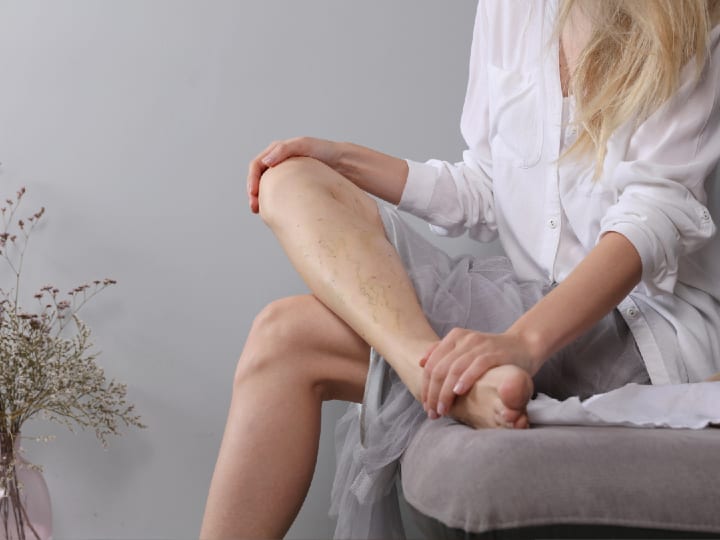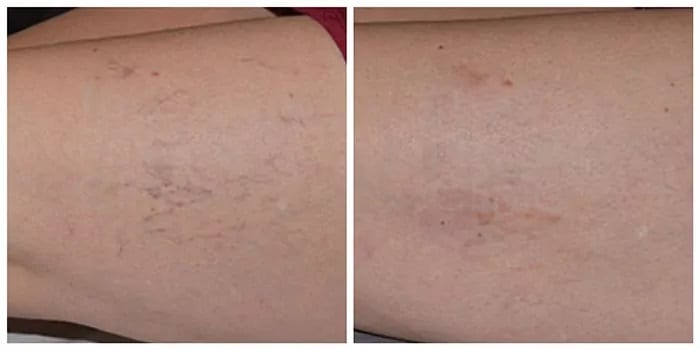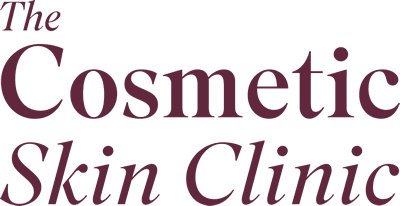For most of us, when the sun is out and the warm weather makes us forgo tights and replace our jeans with shorts, we don’t have worry too much, except perhaps about getting our legs waxed. But for others, varicose veins can cause a distracting cosmetic problem. Lots of women and men suffer concerns about putting their legs on display during the warm weather due to their varicose veins. These lumpy, bulging, dark and prominent veins are not always varicose but are usually hereditary. Their appearance, whether blue or red, varicose or spidery, is not just a vanity issue, but a physical one too. In this article, we focus in on thread veins in particular, covering their symptoms, causes and how you can treat them.
What are Thread Veins?
Thread veins, also known as spider veins, are tiny prominent blood vessels which sit just below the skin’s surface. They have a dark purple, red or blue appearance and tend to fan out in a spidery pattern across all areas of the body, from the face and legs to the stomach.
Thread Vein causes
Thread veins are caused when vein valves that regulate the flow of blood stop working properly. Veins carry blood towards the heart, and these valves should prevent the blood from flowing backwards in the wrong direction. But if they are damaged, blood is able to flow backwards, causing blood to pool and collect inside of the vein. Over time, this can make the vein bulge and branch out into a thread or spider vein. A range of risk factors also contribute to their formation, from age and genetics to smoking, drinking, sun damage and excess weight. Such factors increase pressure in the veins, leading to poor blood flow and bursting blood vessels. This gives rise to the branched and webbed appearance of a typical spider vein.
Thread Vein symptoms
One of the most obvious side effects of prominent leg thread veins is heaviness of the legs. The veins can also cause itchy and burning sensations across the area they present themselves. As well as heaviness or aching legs, if the veins are left untreated, then eventually the pressure of the veins on the legs can result in changes to the skin. Known as haemosiderin staining, this is the breakdown of pigment as the veins are under abnormal pressure lead to skin changes. Eczema of the leg will cause itching and darkening of the skin. Treatment of these prominent veins will resolve the heaviness of the legs, swelling around the ankles and any skin changes resulting from the veins.

How to remove Thread Veins
At The Cosmetic Skin Clinic, we use Sclerotherapy to treat both red spider veins and the blue reticular veins. The practitioner uses a needle to inject a liquid chemical into the vein which causes the vein wall to swell. They then stick together and seal shut this stops the flow of blood with the vein turning into scar tissue. Subsequently, the vein disappears.
Patients must wear compression stockings post-treatment to assist with healing and reduce any swelling. Depending on the nature of the veins subsequent treatments every 2 to 4 weeks will be required.
When is the best time for Thread Vein removal?
Patients can treat their thread veins at any time of the year thanks to the simple minimally invasive treatments that are now available. But many patients prefer to undergo their treatments in autumn, which brings cooler weather and a return to tights and trousers. This makes it an ideal time to get your legs assessed. You can then plan your thread vein removal treatment over the winter months to make wearing compression stockings easier and less of a style issue!
Thread Vein Removal: Before and After
The photo below displays a patient who has utilised sclerotherapy to dramatically reduce their appearance of thread veins across their legs:

Thread Vein Removal at The Cosmetic Skin Clinic
As a leading skin and cosmetic specialist, we are able to carry out thread vein removal treatments at both our London and Buckinghamshire clinic locations. To find out more about our available treatments, get in touch with our expert practitioners in London and Buckinghamshire today. Alternatively, you can find out all you need to know on our Thread Vein Treatment page, or call us on 01753 646 660.




















